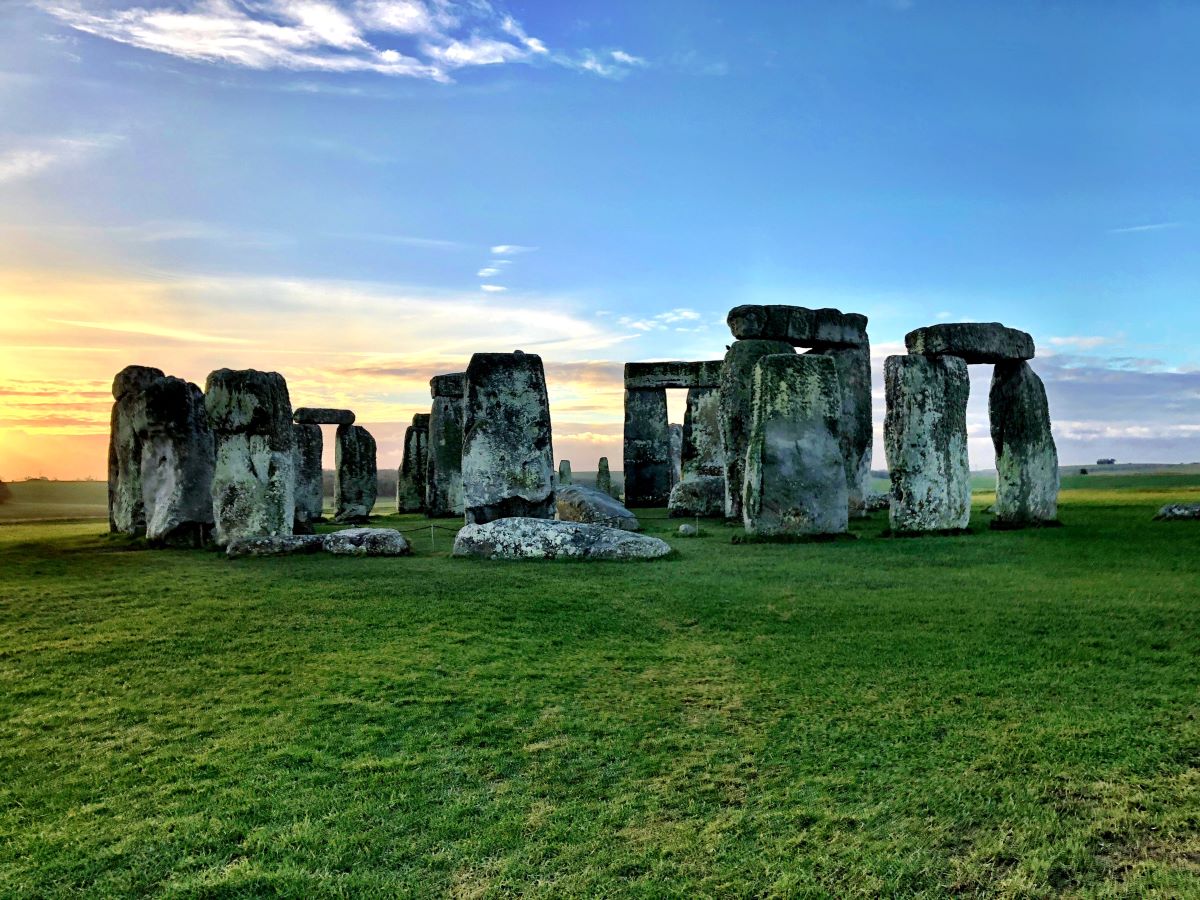

Agent A-Team or Solo Superhero? Finding the Right Real Estate Partner for Your Selling Journey in Wildwood Florida
When it comes to selling your home in Wildwood, Florida,…
January 29, 2024
Nestled amidst the pages of history lies the enchantment of homes near historic sites. These dwellings offer a chance to live within the embrace of bygone eras, where cobblestone streets whisper tales of yore and architectural wonders stand as silent witnesses to the passage of time. But is this dreamy existence all there is to it? Join us as we embark on a journey to uncover the pros and cons of selling a home near a historic site.
When you reside near a historic site, you’re not just buying a home; you’re investing in an experience. The charm of century-old buildings, intricate craftsmanship, and the palpable aura of history can be utterly captivating. Every stroll down the cobblestone streets is a walk through time itself.
Selling a home near a historic site often means residing in an architectural masterpiece. From Victorian opulence to Colonial elegance, these homes are like pieces of art frozen in time. The opportunity to bask in the grandeur of these structures is a privilege few can resist.
Imagine being surrounded by the whispers of history, where each building tells a story. These locales become an integral part of your life’s narrative, sparking conversations about the past and weaving a tapestry of shared experiences.
While the allure of living near a historic site is undeniable, there’s more to consider than just ambiance. Convenience and accessibility play a pivotal role in this unique real estate proposition.
One of the major draws of homes near historic sites is their proximity to cultural treasures. Museums, galleries, and cultural events become your backyard, enriching your life with opportunities to explore and appreciate art, history, and creativity.
While living near a historic site grants you a front-row seat to cultural happenings, it also means dealing with increased traffic and potential noise. Balancing the excitement of local events with the need for tranquility becomes an art in itself.
In the realm of real estate, location is paramount. But how does living near a historic site impact the value of your property? Let’s delve into the intricacies of this fascinating economic puzzle.
Homes near historic sites often stand as guardians of the past, steadily appreciating in value over time. The historical significance and limited availability make these properties highly desirable for discerning buyers, potentially yielding impressive returns on investment.
Owning a home near a historic site comes with the responsibility of preserving its character. While this is a labor of love, it also involves financial commitments for restoration and upkeep. Balancing the costs of maintaining heritage while enjoying modern comforts can be a delicate dance.
As you embark on the journey of selling a home near a historic site, be prepared to navigate a labyrinth of regulations and guidelines that come with these treasured locales.
Living in a historic district means adhering to guidelines that protect the character of the area. While these restrictions maintain the charm of the neighborhood, they may also limit your creative freedom when it comes to renovations and modifications.
Zoning laws and development regulations can be complex, especially when they intersect with the historical significance of your neighborhood. Striking a balance between modern development needs and preserving the charm of yesteryears can pose challenges.
As you stand at the crossroads of history and modernity, the decision to sell a home near a historic site is one that warrants careful contemplation. The path you choose will shape your future and the legacy of the property itself.
Selling a home near a historic site can be emotionally charged. While the historical allure tugs at your heartstrings, practical considerations such as property value, future plans, and lifestyle changes demand rational thought.
The buyer demographic for homes near historic sites is often unique. Understanding their preferences, expectations, and motivations is key to positioning your property effectively in the market.
As you explore the world of selling a home near a historic site, you uncover a tapestry woven with enchantment and pragmatism. The grandeur of living amidst history intertwines with the challenges of regulations and practicality. Ultimately, the decision to embrace this unique lifestyle is a personal one, defined by your aspirations and dreams.
While homes near historic sites often appreciate in value, the pricing can vary based on factors like location, historical significance, and market trends. It’s essential to research and consult real estate professionals for accurate pricing insights.
Renovating a historic home often requires adherence to preservation guidelines. While some modifications are possible, major alterations might be subject to review by local historic preservation boards.
Researching local government websites and engaging with neighborhood associations can provide insights into the regulations governing historic districts.
Buyers are drawn to the character, charm, and unique ambiance that historic sites offer. The opportunity to live amidst history and cultural treasures can be a significant motivator.
Yes, owning a historic property might make you eligible for certain tax incentives or credits aimed at encouraging historic preservation. Consult with tax professionals to explore these potential benefits.


If you want the Richr team to help you save thousands on your home just book a call.

